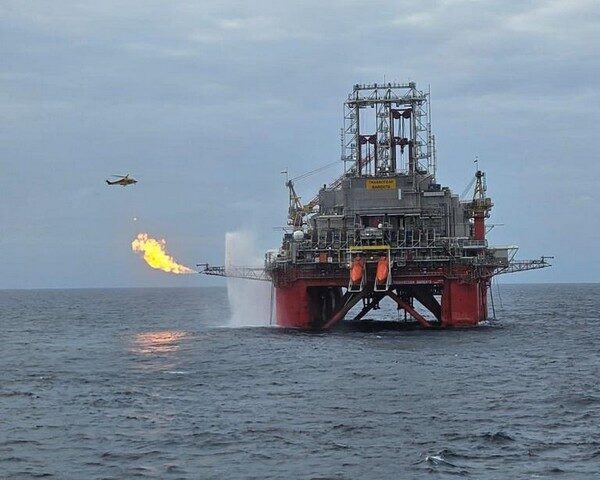.
Marcuard's Market update by GaveKal Dragonomics
By Nick Andrews
With fears of a political upset laid to rest, the European reflation trade is in full swing. The flash eurozone composite PMI hit a six-year high last week, French manufacturing confidence is at its highest since June 2011, and the European Central Bank’s bank lending survey published on Wednesday showed that banks are continuing to relax credit standards as demand for borrowing grows. With employment growth lifting domestic demand and external demand strong, especially from Asia, investors are in bullish mood. Over the last week the euro is up 2% against the US dollar, German 10-year yields have risen 22bp, and European bank stocks have leapt 13.6%.
Yet although Europe’s recovery is looking increasingly solid, so far there have been few obvious signs of building inflationary pressures. Sure, headline consumer price inflation reached 2% in February. But stripping out the energy component and food, core CPI inflation has remained consistently below 1% over the last 12 months. However, price dynamics are now changing. The absence of underlying inflationary pressure will not last.
Core CPI is made up of two parts: non-energy industrial goods, and services. The first is already beginning to exert upward pressure on prices. The non-energy producer price index was up 2% year-on-year in March. Generally, PPI increases in this sector feed through to core CPI after a lag of six to nine months.
Now there are signs that the services sector CPI is also set to push higher. Although the services CPI fell in March, the down-tick is attributable to calendar effects related to the timing of the Easter holiday, which fell early last year. The underlying trend points to price increases on the way.
Services are more labor-intensive than manufacturing, so wages naturally account for a large proportion of company input costs in the service sector. And as the upper pane in the chart shows, service sector wage growth is now beginning to accelerate.
The trend is set to continue, and spread. Last year, the big fall in oil prices between late 2014 and early 2016 provided workers with greater purchasing power. But the benefits of cheaper oil are now wearing off. As real incomes get squeezed, workers will push more aggressively for wage hikes.
This upward pressure on wages is confirmed in the lower pane of the chart, which shows that for the first time in five years average wages are rising faster than wages negotiated in union pay settlements. This turnaround reflects the tightening of eurozone labour markets, and will add to inflationary pressures over the coming months.
Of course, higher wages need not necessarily push inflation higher. If productivity improves, wages can rise without adding to unit labor costs, muting the impact on core inflation. But eurozone labor productivity growth remains weak. As a result, wage pressures will feed through to prices, as companies seek to take advantage of renewed demand in the economy to preserve and expand their profit margins.
In consequence, the combination of higher non-energy industrial goods prices and the emerging upward pressure on the services CPI from wages means that core inflation is set to rise. And as the upward momentum gradually builds, the ECB is likely to tighten its rhetoric. But expect a slight hardening of the ECB’s wording in June, once the French elections are past.
www.marcuardheritage.com
.png)







